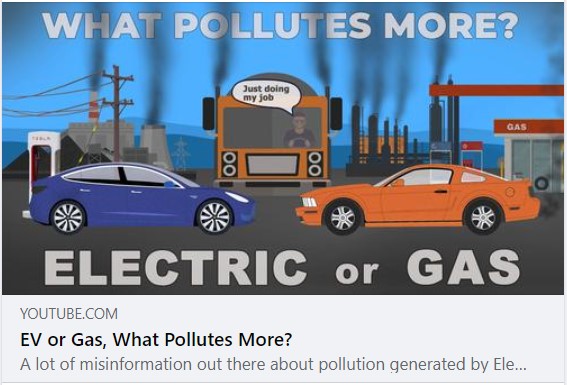HYBRID EV (HEV) or “Self-charging Hybrid” and “Mild Hybrid”
Pros
- An HEV has a small battery and electric motor to boost efficiency. It needs a petrol or diesel engine as its primary means of propulsion, but provides about a mile of electric range.
- A hybrid should be as efficient and economical as an equivalent diesel car.
- It’s familiar to drive, there is no battery to charge. It offers fuel efficiency around town, but less so on motorways. May have advantages for towing.
Cons
- A ‘Mild Hybrid’ has a very small battery pack designed to improve efficiency and boost acceleration. It cannot run on electric power alone.
- Hybrids have very limited electric range, so offer few savings in carbon emissions or particulates that damage air quality.
- Government will end new sales in 2035 (perhaps before). Hybrids may be banned from city Clean Air Zones. HEVs and PHEVs are more complex than BEVs or petrol cars.
Plug-in Hybrid EV (PHEV
Pros
- A PHEV also retains a petrol or diesel engine, but has a larger battery delivering 20- 50 miles of electric range, depending on the model.
- The engine can be regarded as a ‘back-up’ should electric range be insufficient.
- Lower CO2 emissions bring tax benefits especially for company cars
Cons
- The engine is only needed for longer trips. At other times you’re paying for an engine and having to carry it around. If you mainly do long trips, you’re paying for and carrying around a battery pack that’s probably not being used.
- It’s likely PHEVs will become less attractive as BEVs improve in cost and range, and charging infrastructure grows.
Pure Battery EV (BEV)
Pros
- A BEV relies entirely on electric battery propulsion.
- BEVs have low running costs, zero on road CO2 emissions, great performance, quiet and relaxed ‘single pedal’ driving…. & preconditioning’ for cold mornings!
- Government offers a £2,500 grant on EVs below £35,000, free road tax and low company car tax.
Cons
- Zero CO2 emissions depend on having charged from a ‘green electricity’ supplier.
- At the moment new BEVs have a higher purchase price (but this is offset by lower running costs).
- Use of lithium & precious metals needs to be well-managed in the supply chain.



